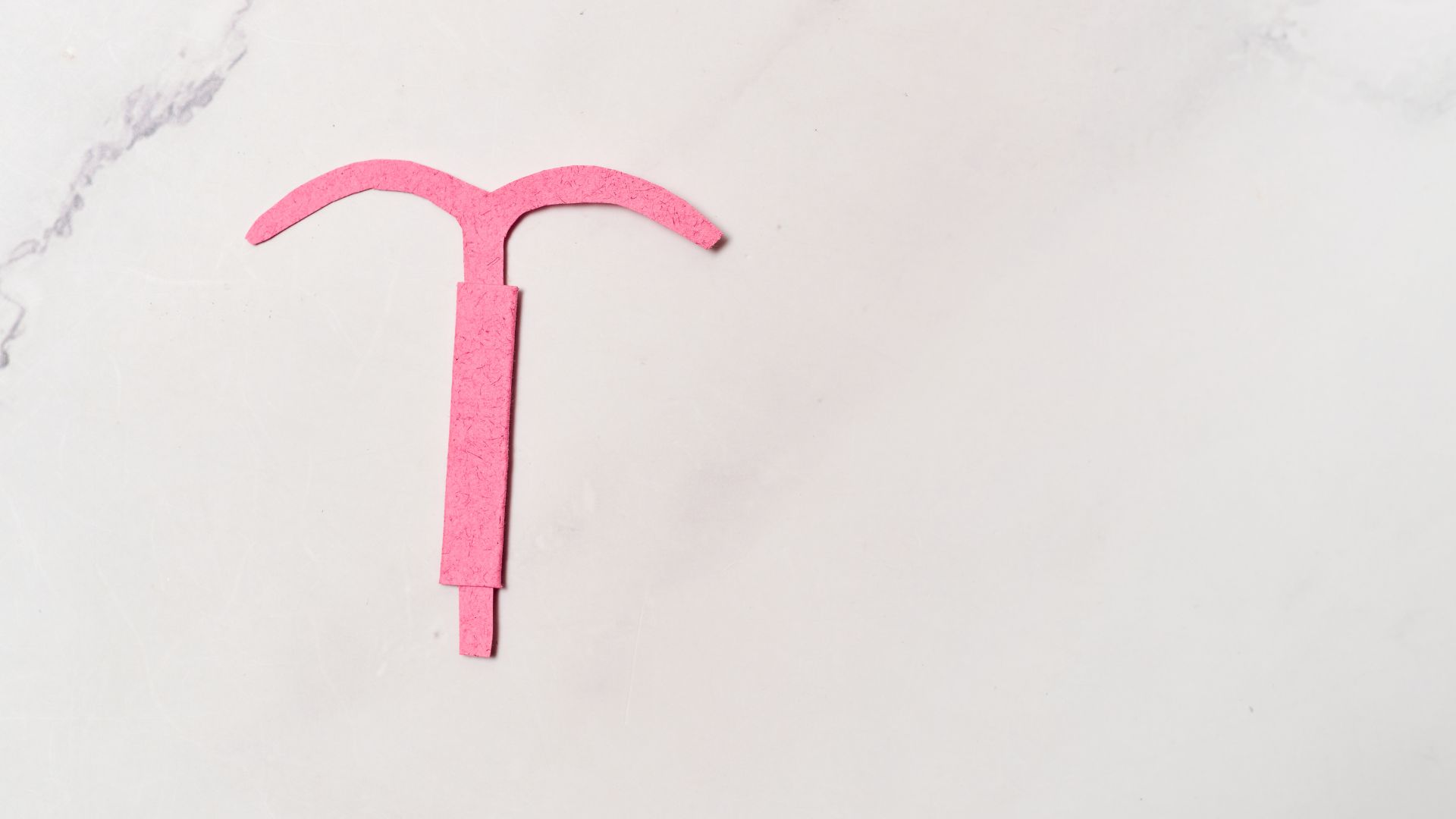
Contraception plays a crucial role in family planning, with around 65% of women of reproductive age (15-49 years) worldwide using some form of birth control. The wide range of contraceptive options allows women to select a method that best suits their lifestyle and health needs, contributing to better reproductive health management.
One such option is Jaydess, a low-dose intrauterine device (IUD) that releases levonorgestrel. This IUD offers long-term contraception for up to three years, making it a convenient and practical choice for many women. Understanding how Jaydess works and its potential side effects is essential for making informed decisions about contraception.
In this article, we will explore everything you need to know about Jaydess, from its effectiveness to potential risks.
Key Takeaways
- Jaydess contraception is a hormonal intrauterine device (IUD) that releases levonorgestrel to prevent pregnancy.
- It is highly effective and offers long-term protection.
- Not everyone is eligible for Jaydess, and there are contraindications to consider.
- The insertion process may cause some side effects, both common and rare.
- Despite potential side effects, Jaydess offers convenience and nonhormonal benefits.
About: DoctorMedica is your trusted supplier of top-quality dermal fillers, viscosupplements, and more for your medical practice. We offer genuine products from leading brands at the lowest prices in the market. If you’re looking to buy Jaydess wholesale for your practice, the sales representatives at Doctor Medica can give you guidance.
What is Jaydess Contraception?

Jaydess is a hormonal intrauterine device (IUD) designed to provide long-term contraception. This small, T-shaped device is inserted into the uterus by a healthcare professional and releases levonorgestrel, a type of progestin hormone, to prevent pregnancy. The device contains 13.5 mg of levonorgestrel and works effectively for up to three years.
Jaydess is a reliable and convenient contraceptive option for many women, but it’s important to note that insertion and removal may cause discomfort, and it may not be suitable for women who are pregnant or have certain medical conditions.
How Does Jaydess Contraception Work?

Jaydess contraception works primarily by releasing the hormone levonorgestrel, which creates multiple barriers to prevent pregnancy. The hormone thickens the cervical mucus, making it difficult for sperm to pass through and reach the egg.
Additionally, Jaydess thins the uterine lining, reducing the likelihood of a fertilized egg implanting. In some cases, it may also prevent ovulation, further decreasing the chances of fertilization.
Jaydess provides up to three years of continuous protection against pregnancy, making it a convenient and long-lasting option for many women. It is highly effective, with a success rate of over 99%. This means fewer than one in 100 women using Jaydess may become pregnant yearly.
Who Can Use Jaydess Contraception?

Jaydess is suitable for women seeking a long-term, reversible contraceptive method. It is particularly beneficial for those who prefer a low-maintenance option, as it provides up to three years of protection against pregnancy. Women who have not had children can also use Jaydess, making it a versatile choice for a wide range of users.
However, Jaydess is not suitable for everyone. Women with the following conditions should avoid using Jaydess:
- Pregnancy: Jaydess should not be used if you are already pregnant.
- Pelvic Infections: Women with current pelvic inflammatory disease (PID) or a history of recurrent PID should avoid using Jaydess.
- Uterine Abnormalities: Those with abnormalities of the uterus, such as fibroids that distort the uterine cavity, should not use this IUD.
- Unexplained Vaginal Bleeding: If you have unexplained vaginal bleeding, it is essential to determine the cause before considering Jaydess.
- Breast Cancer: Women with current or past breast cancer should avoid using Jaydess due to the hormonal component.
Insertion Process and Potential Side Effects of Jaydess Contraception
The insertion of Jaydess is a relatively quick procedure performed by a healthcare professional. It typically takes place within the first seven days of your menstrual cycle to ensure you are not pregnant. During the procedure, the healthcare provider will:
- Conduct a pelvic exam to determine the position of your uterus.
- Insert a speculum to visualize the cervix.
- Clean the cervix with an antiseptic solution.
- Use a special applicator to insert Jaydess into the uterus.
Some women may experience discomfort or cramping during the insertion, but this usually subsides shortly after the procedure.
Common side effects following Jaydess insertion include mild cramping, spotting, or irregular periods, especially in the first few months. Some women may also experience headaches, breast tenderness, or mood changes. Concerns about Jaydess and weight gain are common, though weight gain is generally considered a less common side effect.
Rare but serious side effects of Jaydess include the risk of pelvic infections, uterine perforation (where the IUD may puncture the uterine wall), and expulsion (where the IUD may come out of the uterus). It’s important to monitor for any unusual symptoms and consult a healthcare provider if severe pain, heavy bleeding, or signs of infection occur.
Benefits of Using Jaydess Contraception
- Convenience: One of the major advantages of Jaydess is its convenience. Once inserted, it provides up to three years of continuous birth control without the need for daily pills or monthly check-ins. This makes it a low-maintenance option for women who prefer a hassle-free method of contraception. Additionally, if you decide to start a family sooner, Jaydess can be easily removed, allowing fertility to return quickly.
- Long-term Effectiveness: Jaydess is highly effective in preventing pregnancy, with a success rate of over 99%. Its long-term protection means you can rely on it for up to three years without needing to worry about regular contraceptive measures. This extended effectiveness provides peace of mind and allows you to focus on other aspects of your life without the constant concern of unintended pregnancy.
- Non-Hormonal Benefits: While Jaydess does release a small amount of hormone (levonorgestrel), it is localized primarily within the uterus, minimizing systemic hormonal exposure. This can result in fewer hormonal side effects compared to other contraceptive methods. Additionally, Jaydess can help reduce menstrual bleeding and cramps, offering nonhormonal benefits that improve overall menstrual health and comfort.
Conclusion
Jaydess offers a safe and reliable birth control option for up to three years. While it is suitable for many women, it’s essential to consider the potential side effects and risks associated with its use. A thorough consultation with a healthcare provider is essential to ensure it is the right choice for your needs and minimize any health risks.
Carefully weighing these factors will help you make an informed decision about using Jaydess.
FAQs
1. What exactly is Jaydess?
Jaydess is a type of birth control method that women use to prevent pregnancy.
2. How does Jaydess contraception work?
It releases hormones into the body, which helps prevent ovulation and makes it harder for sperm to reach an egg.
3. Are there any side effects associated with using Jaydess?
Yes, like all medications, Jaydess can have side effects. These may include changes in menstrual bleeding patterns, headaches, or nausea.
4. Is Jaydess contraception effective immediately after insertion?
No, it’s recommended to wait at least seven days after insertion before relying on it as your sole form of birth control.
References
World Health Organization: WHO. Family planning/contraception methods. Published September 5, 2023. https://www.who.int/news-room/fact-sheets/detail/family-planning-contraception
Joo, J. K., Shin, J. H., Lee, J. R., & Kim, M. R. (2021). Levonorgestrel-Releasing Intrauterine System Use in Perimenopausal Women. Journal of menopausal medicine, 27(2), 49–57. https://doi.org/10.6118/jmm.20038
Regidor P. A. (2018). The clinical relevance of progestogens in hormonal contraception: Present status and future developments. Oncotarget, 9(77), 34628–34638. https://doi.org/10.18632/oncotarget.26015
Related Articles
Joanna Carr
What Is Osteoarthritis (Arthritis)? Causes And Treatment Review
Interested to learn more about What Is Osteoarthritis? Reviewing Causes And Treatment? Browse Doctor Medica's comprehensive listing of blog posts.
Joanna Carr
Synvisc Vs Cortisone: Osteoarthritis Treatment
Interested in learning more about Synvisc Vs Cortisone For Osteoarthritis Treatment? Browse Doctor Medica's comprehensive archive of blog posts.
Joanna Carr
Innotox Injection Sites Listed
Discover the recommended injection sites for Innotox, from forehead wrinkles to masseter reduction. Learn best practices for placement and technique.


